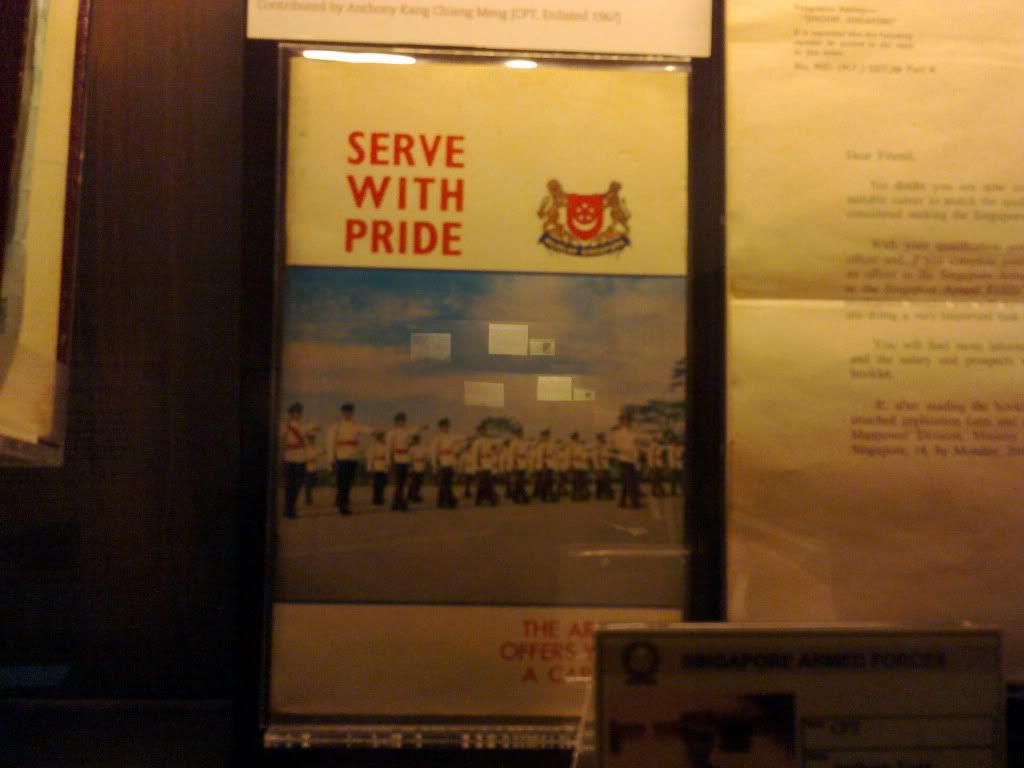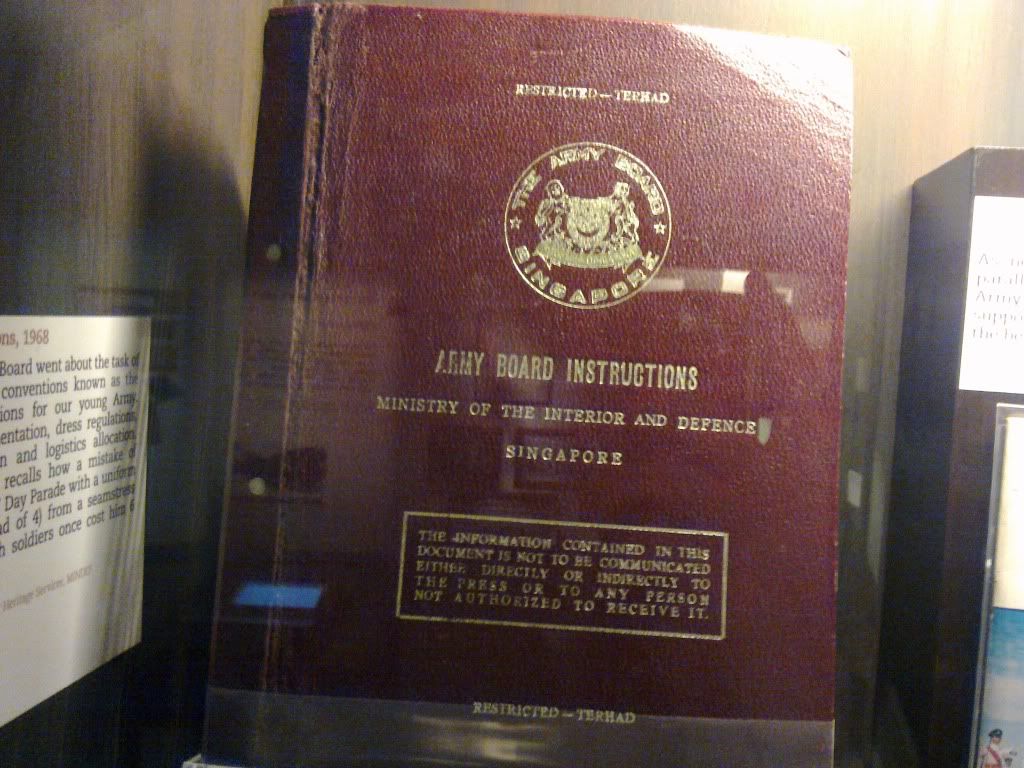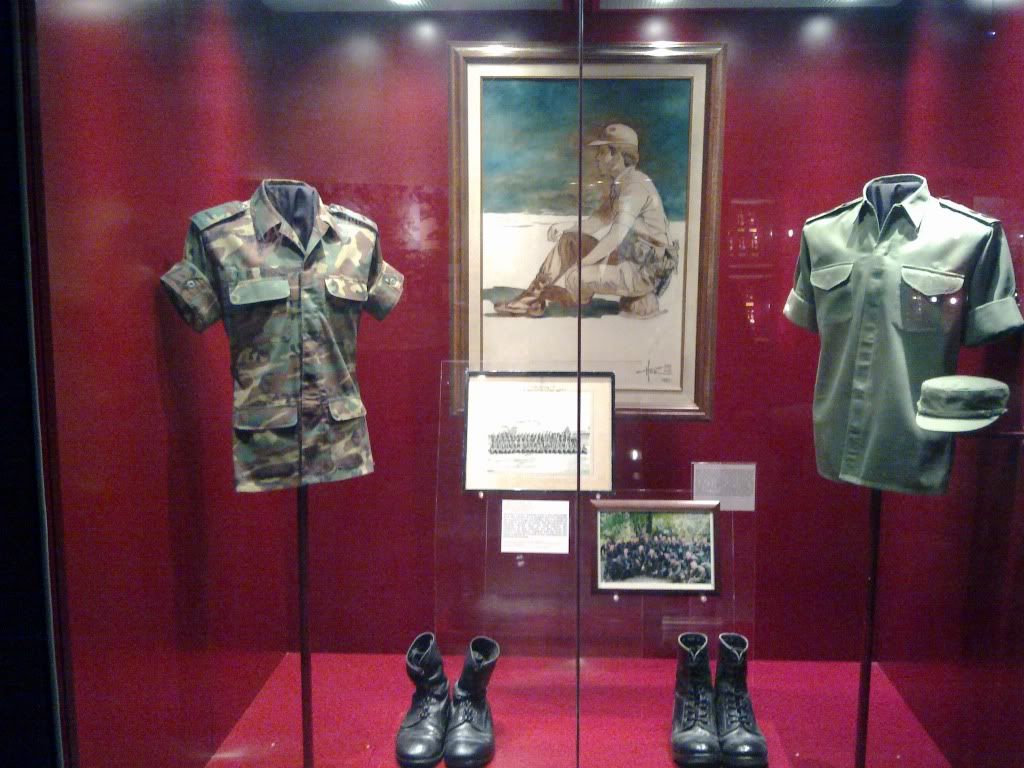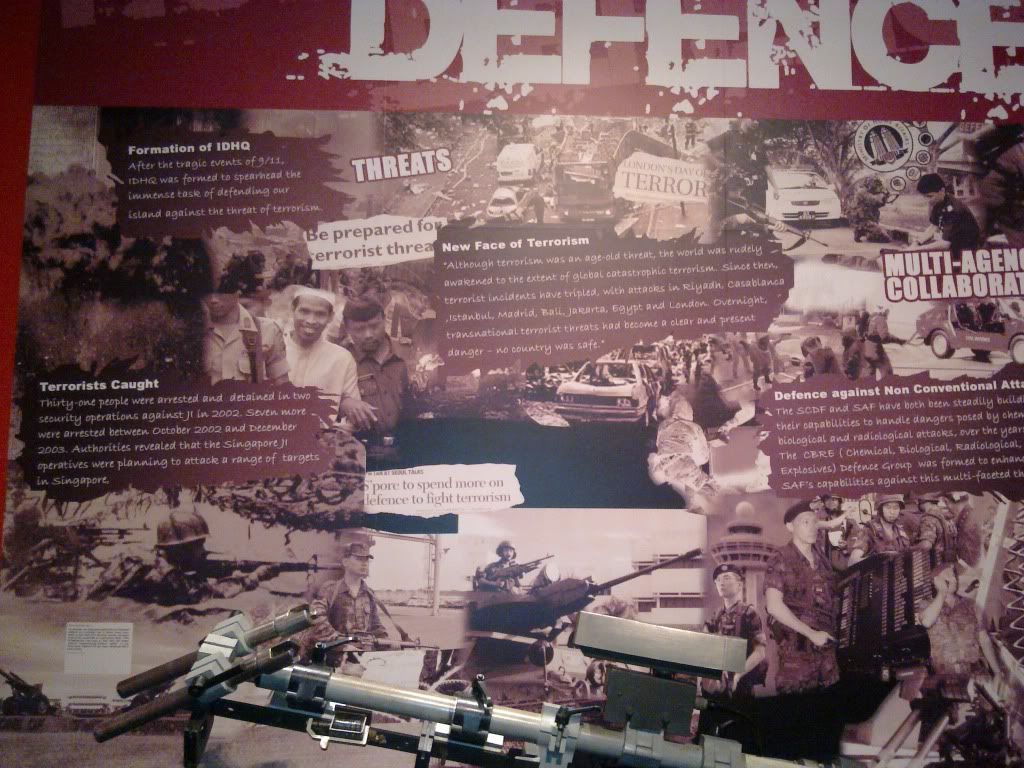
The Army Museum of Singapore takes you on a journey from the turbulent days of our pre-independence period to the current-day capabilities of the 2nd Generation Army. It celebrates the extraordinary contributions of ordinary men who play an integral part in defending our nation.Experience the power and might of our army as its full force is unleashed onto the adversary when diplomacy and deterrence fails. Immerse yourself in this battle scenario and feel the downwash of the UH1H, the explosive impact of the M114 artillery gun and the punch of the AMX13 tanks, in our special effects Object Theatre.
Honour the Past. L.I.V.E the Present. Inspire the Future.
All Black Reflection
1st Generation
What was the purpose of setting up the 1st army in Singapore? (1960s - 1970s)
"We had just broken up with Malaysia. What is going to happen to us?" - Tien Chao Heng, enlistee in 1966.
With the separation in place from Malaysia, Singapore was left on its own to survive. What was she going to do to ensure her survival? Therefore, security played a huge role in building the nation and out survival in the global world.
Singaporeans need to have an in built awareness to protect their own country and create a legacy. The over reliance on the British during world war 2 has showed that it is perhaps dangerous to leave our security in external hands.
As a result, the army was started and gradually grew in size and strength to what it has become today - a global powerhouse in the Southeast Asia region.
Pinkies & the Brains Reflection
2nd Generation

“Our Army is to deter aggression, and should deterrence fail, to secure a swift and decisive victory. Our Army is to be ready and capable of conducting a spectrum of operations to protect our national interests and the well being of our citizens.” (Singapore’s Army Mission Statement)
Due to physical and resource constrains, it is paramount for Singapore to emphasise on the importance of an effective deterrence against potential enemy. Thus, after achieving her independence in 1965, the government decided to evaluate a handful of small state models and sought for assistance in the building of a credible deterrence force. As a result, our defense military or better known as the Singapore Armed Forces evolved from having just about 27,000 men in 1971 to a tri-service force which is capable of mobilizing 350,000 active and reservist troops within six hours of crisis. In fact, SAF was described as “one of the best forces in Southeast Asia,” (Mauzy and Milne, p. 171).
We; Singaporeans have always regarded the Singapore Army as our defense armour which protects and guards our nation from potential threat. Upon reading their mission statement, it developed within us a strong nationalistic value of pride and a sense of security. As we were embarking on our journey at the Army Museum, the second generation struck as one of the generation which contributed an elaborated amount of strength not only for the benefit of our country but also other nations which needed further assistance.


The information obtained from the Singapore Army museum has provide us with ample awareness on the measures taken by our country in establishing a renowned defense force which is generally seen as the best equipped and trained in the region in addition to the well-developed defense industry. Together with the efficient military system, it is also wise to note that Singapore has been active in establishing good foreign relationship and has always been a foreign policy activism since the 1990s in order to maximise its deterrence competency.
Green & Clean Reflection
3rd Generation

The 3rd Generation exhibitions show us the importance of sustaining and improving the areas in our defense forces for the future. The areas are divided into
Soldiers Performance
- Networked Force
- Capability
- Advanced Technology
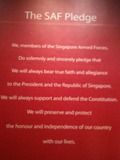


‘We cannot count on others to protect us. We must have a capable armed forces of our own to do so.’
Daryl Tung of Victoria School.
Well said, indeed!



